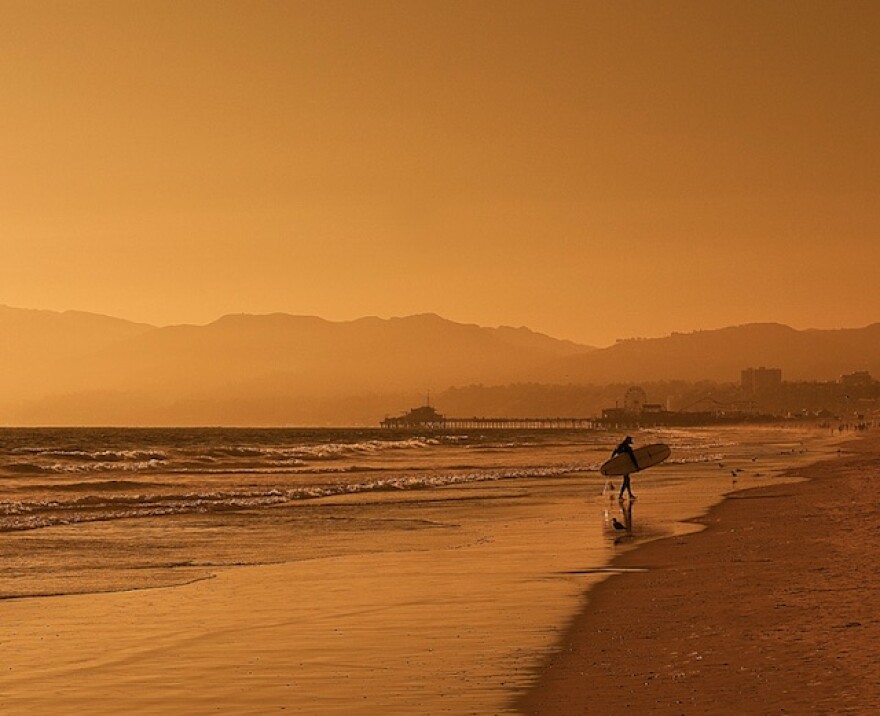Truth matters. Community matters. Your support makes both possible. LAist is one of the few places where news remains independent and free from political and corporate influence. Stand up for truth and for LAist. Make your year-end tax-deductible gift now.
This is an archival story that predates current editorial management.
This archival content was written, edited, and published prior to LAist's acquisition by its current owner, Southern California Public Radio ("SCPR"). Content, such as language choice and subject matter, in archival articles therefore may not align with SCPR's current editorial standards. To learn more about those standards and why we make this distinction, please click here.
Actually, La Niña Might Be A Big Bust Too

So, that "Godzilla" El Niño that had a "95 percent chance" of coming and was "too big to fail"? Yeah, it didn't happen (at least not in SoCal).
What resulted, instead, was a cooling of the Pacific around the equator, which suggested that a La Niña may be approaching. This was unwelcomed news; while El Niño (usually) leads to a rainy winter season for SoCal, La Niña often means a drier winter for us. Seeing as how we never got the tons of rain that we were promised, the prospect of an La Niña was dispiriting. And by May the National Oceanic and Atmospheric Administration (NOAA) said that there was a 75 % chance that a La Niña would develop, the Weather Channel reported.
Well, it looks like La Niña might be a bust too (thankfully). According to KPCC, NOAA researchers said Thursday that, now, the chances for an La Niña is more like 55% to 60%, not the 75% as previously stated. Furthermore, if it does materialize, it will likely be weak. So horray! This should mean we'll have normal amounts of rain for the winter. Or maybe not! Maybe La Niña will blow in with full force. And maybe it'll start raining frogs in Fresno, cause who the heck knows anymore?
Anyway, why are researchers less certain about La Niña? As explained on Discovery, La Niña requires two things to really get going: cool waters along the Equatorial Pacific, and strong trade winds blowing from east to west along the equator. Right now, the cool waters are there, but the strong trade winds are absent. This is kind of a layman's explanation. If you want to do into the nuts and bolts of it, you can read a report from Anthony Barnston, chief forecaster with the International Research Institute for Climate and Society at Columbia University.
As we'd reported in May, El Niño wasn't actually a huge bust; it just never hit the Southland. Northern California and the Pacific Northwest, however, were treated to a big deluge. Some parts saw as much as 10 inches of rain. This resulted in the Sierra snowpack—a big indicator of California's water inventory—getting back to near-normal levels.







